Medical injection-molded parts, as core components of medical devices such as diagnostic equipment, surgical instruments, and implants, directly impact patient safety and treatment effectiveness. Precise control of process pressure during injection molding is crucial for resolving defects like product deformation, shrinkage cavities, and flash. This article systematically explores solutions to process pressure issues in medical injection-molded parts processing from four dimensions: pressure parameter setting, mold design optimization, material property matching, and dynamic monitoring.
I. Scientific Setting of Pressure Parameters: Hierarchical Control and Dynamic Adjustment
The control of process pressure in medical injection-molded parts requires a hierarchical strategy, combined with material properties and product structure for dynamic adjustment. Taking medical-grade PA9T (polyamide 9T) as an example, its high melt viscosity necessitates a three-stage pressure injection for balanced mold filling and packing:
-
Primary Injection Pressure (Mold Filling Stage): Set at 100-150 MPa to ensure rapid mold filling and prevent short shots or incomplete filling. For instance, in manufacturing orthopedic implants, if the injection pressure is below 100 MPa, material flow insufficiency may lead to edge material deficiencies, affecting mechanical properties.
-
Secondary Injection Pressure (Packing Stage): Typically 60%-80% of the primary pressure (i.e., 60-120 MPa) to compensate for melt cooling shrinkage. Insufficient packing pressure causes surface sink marks, while excessive pressure may induce flash or mold wear. For central venous catheter connectors, packing pressure must be precisely controlled at 80-100 MPa to ensure sealing performance.
-
Tertiary Pressure Switching: After mold filling, packing pressure can be adjusted in stages. For example, high pressure for rapid shrinkage compensation, followed by reduced pressure to eliminate pits and flash. This strategy is suitable for thick-walled medical casings or long-flow parts.
II. Pressure Optimization in Mold Design: Structural Adaptation and Pre-compression Compensation
Mold design is the foundation of pressure control, requiring structural optimization and pre-compression compensation to minimize pressure fluctuations:
-
Pre-compression Design at Sealing Surfaces: Based on the thermal expansion coefficient differences between insert materials (e.g., stainless steel, aluminum alloy) and plastic parts, a reasonable pre-compression value is designed at sealing surfaces. Excessive pre-compression may damage inserts, while insufficient pre-compression causes flash. For example, in manufacturing surgical knife handles, DFM (Design for Manufacturability) analysis is required to evaluate pre-compression for optimal bonding strength and appearance quality.
-
Venting System Optimization: Sufficient venting channels must be provided at the mold parting surface to prevent air entrapment and bubble formation. For ultrasonic instrument connectors, poor venting may cause air entrapment during melt filling, leading to internal defects that affect signal transmission stability.
-
Balanced Cooling System: Cooling water channel layouts are optimized through simulation software to reduce thermal expansion/contraction effects on pressure. For manufacturing PICC catheters, mold temperature must be uniformly controlled at 120-150°C to prevent warping.
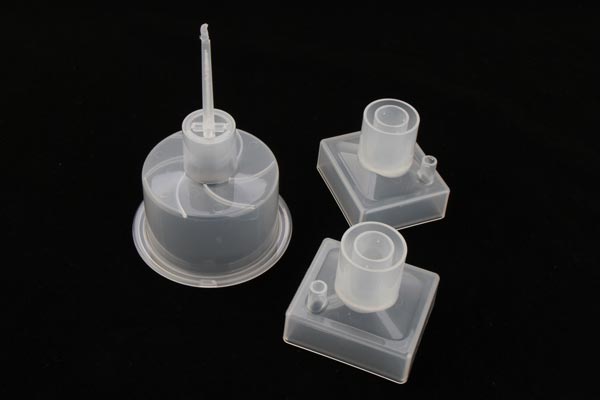
III. Pressure Matching with Material Properties: Viscosity and Shrinkage Rate Control
Material selection for medical injection-molded parts must balance biocompatibility, mechanical properties, and process adaptability, with pressure parameters matched to material properties:
-
High-Viscosity Materials (e.g., PA9T, PC): Require higher injection pressure and speed for complete mold filling. For medical-grade PC in manufacturing ECG monitor casings, barrel temperature must be precisely controlled at 280-320°C, with injection pressure set at 120-140 MPa to overcome high-viscosity flow resistance.
-
Low-Viscosity Materials (e.g., PP, PE): Allow lower pressure but require flash prevention. For infusion set connectors made of PP, injection pressure is typically controlled at 80-100 MPa, with optimized mold parting surfaces to reduce overflow.
-
Shrinkage Rate Compensation: Differences in shrinkage rates among materials require adjustment of packing pressure and time. For glass-fiber-reinforced PA in manufacturing vascular sheaths, shrinkage is reduced by 30% compared to pure PA, necessitating a packing pressure increase to 100-120 MPa for dimensional accuracy.
IV. Dynamic Monitoring and Closed-Loop Control: Real-Time Feedback and Parameter Correction
Medical injection molding requires dynamic monitoring systems for closed-loop pressure control through real-time feedback:
-
Sensor Deployment: Pressure sensors are installed on the injection molding machine screw, mold cavity, and gate for real-time data collection. For manufacturing tearable sheaths, cavity pressure monitoring can promptly detect filling deficiencies or overpressure issues.
-
Data-Driven Optimization: AI algorithms analyze historical data to establish pressure-temperature-speed correlation models. For syringe plungers, machine learning predicts optimal injection pressures for different material batches, reducing mold trial times.
-
Closed-Loop Control System: Servo motor-driven injection molding machines enable millisecond-level pressure adjustments. For manufacturing respiratory masks, closed-loop systems automatically correct pressure based on melt filling status to ensure product consistency.
V. Typical Case Studies: Practical Applications of Pressure Control
-
Case 1: Surgical Instrument Handle
Material: Glass-fiber-reinforced PA
Problem: Flash appears at handle edges, affecting assembly accuracy.
Solution:
-
Reduce primary injection pressure to 120 MPa to minimize melt impact;
-
Optimize mold parting surface and add venting slots;
-
Adjust packing pressure in stages (high pressure followed by low pressure).
Result: Flash eliminated, assembly pass rate increased to 99%.
-
Case 2: Diagnostic Equipment Connector
Material: Medical-grade PC
Problem: Shrinkage cavities appear inside the product, affecting signal transmission.
Solution:
-
Increase packing pressure to 100 MPa and extend packing time to 25 s;
-
Optimize cooling water channels to reduce mold temperature differentials;
-
Use multi-stage injection (slow gate filling followed by rapid mold filling).
Result: Shrinkage cavities eliminated, product pass rate reached 98%.
VI. Conclusion: The Core Value of Pressure Control
Process pressure control is the cornerstone of quality assurance in medical injection-molded parts. Through hierarchical pressure setting, mold structural optimization, material property matching, and dynamic monitoring, defects like deformation, shrinkage cavities, and flash can be systematically resolved. In the future, with the integration of intelligent sensing and AI technologies, pressure control will evolve toward higher precision and lower costs, providing more reliable and efficient injection molding solutions for the medical industry.
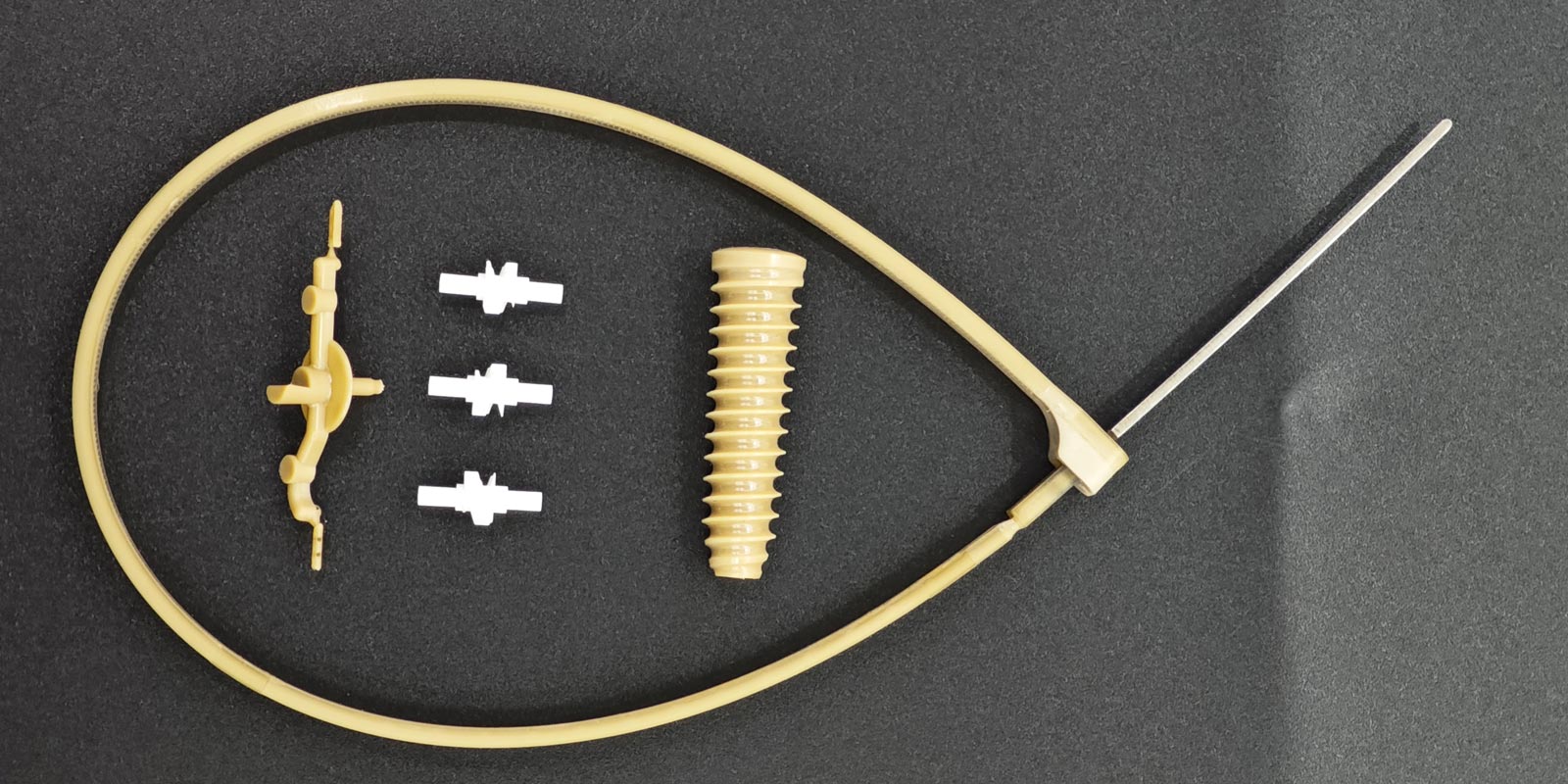
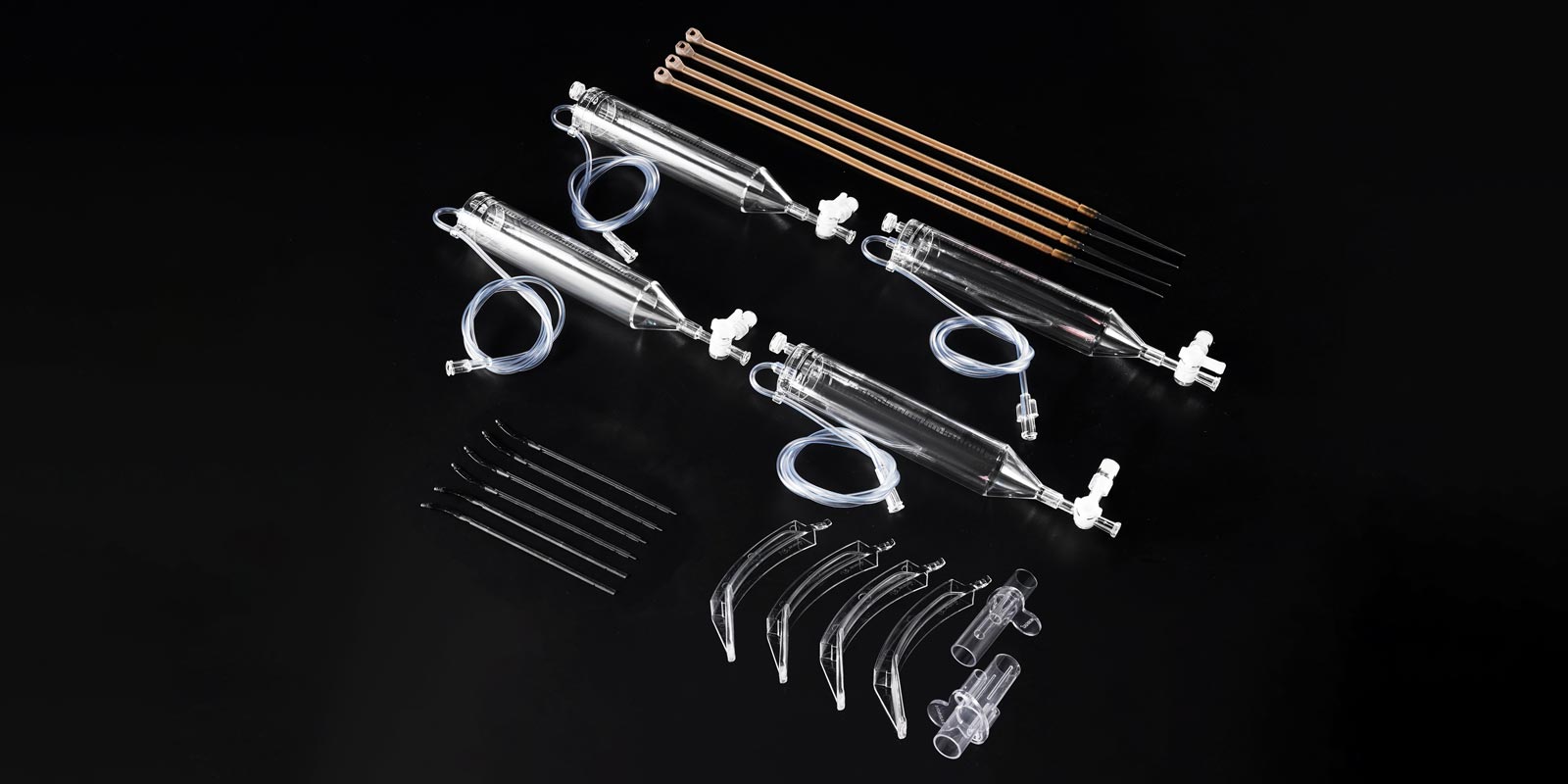

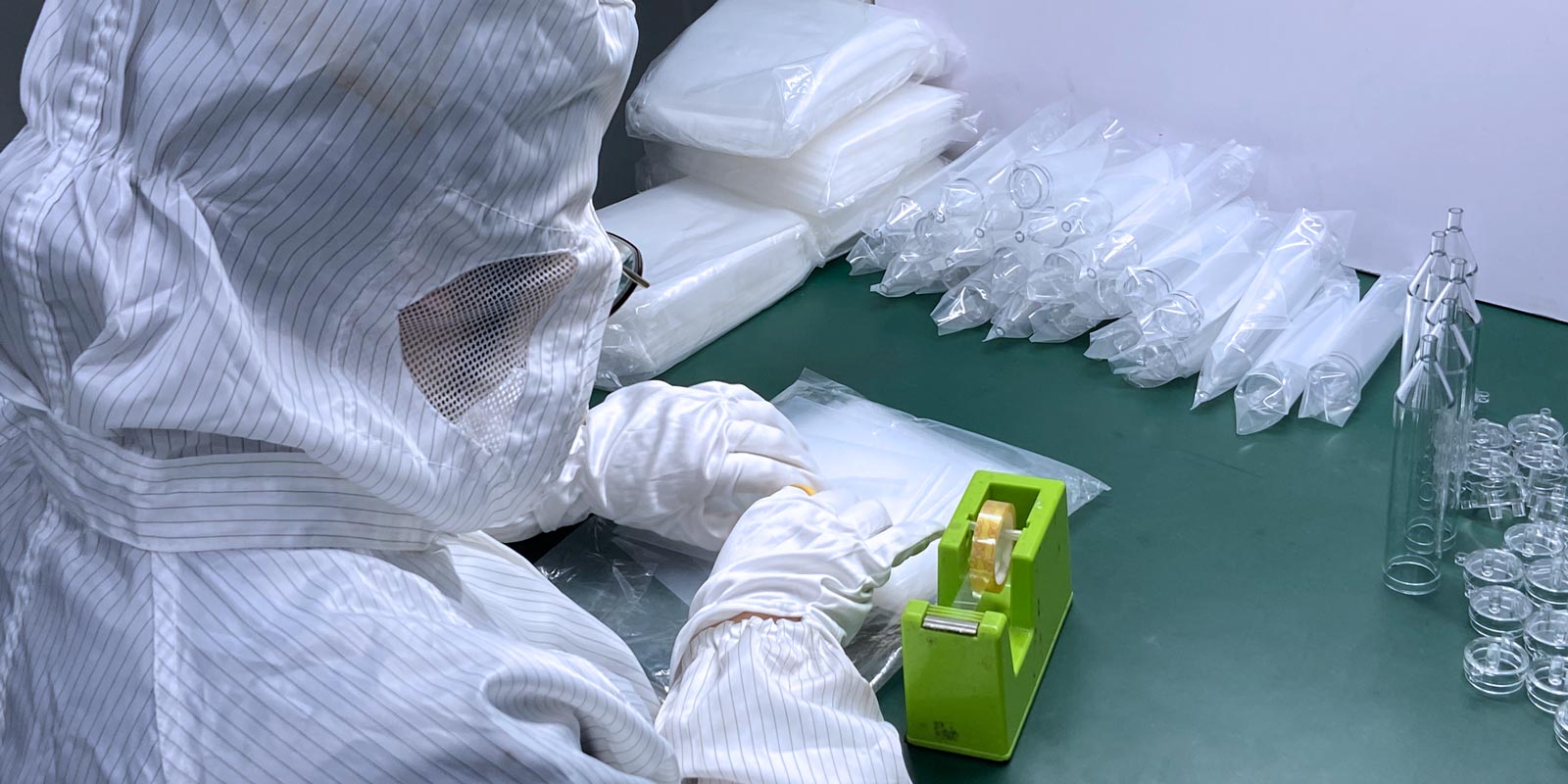
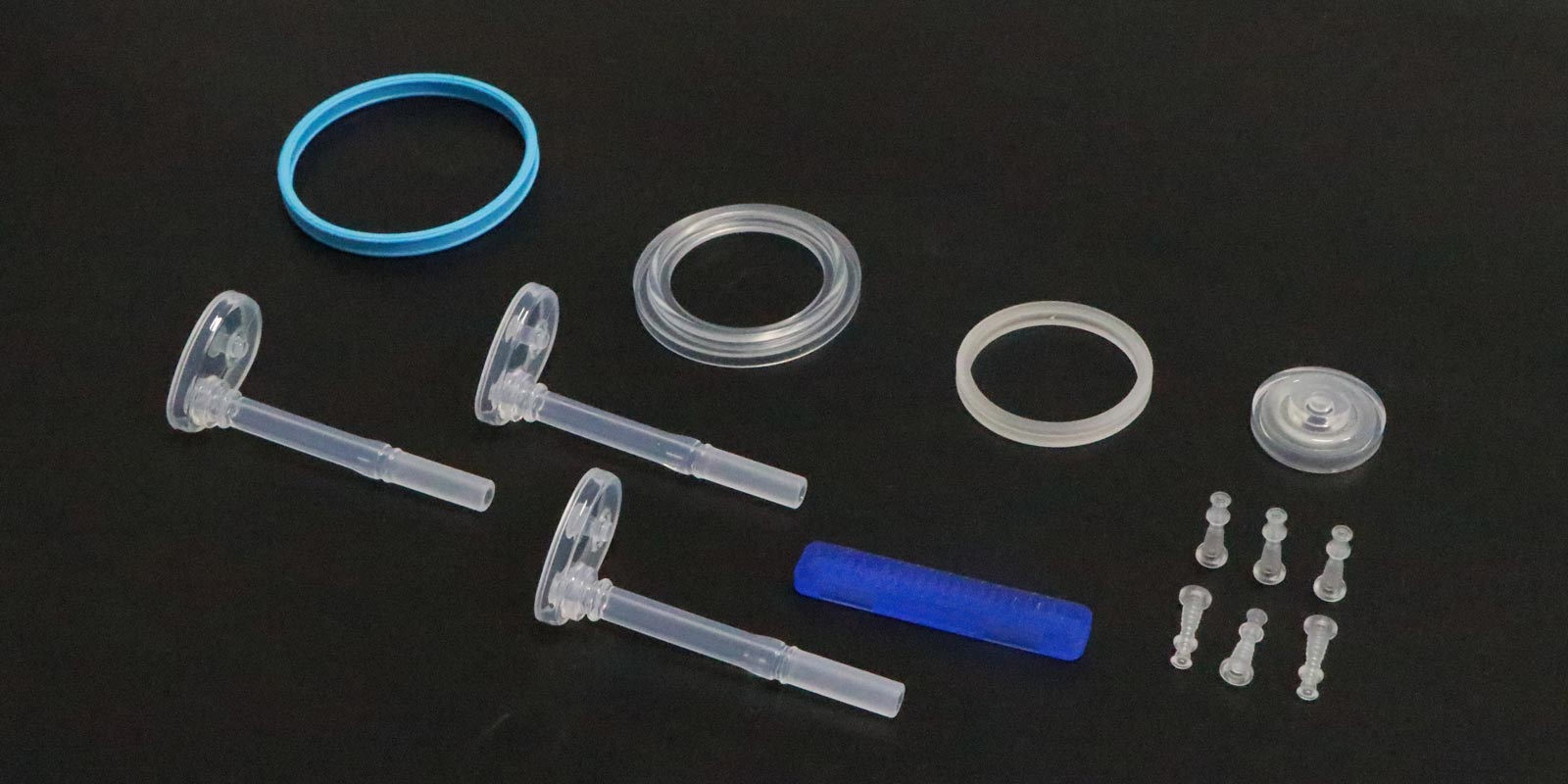
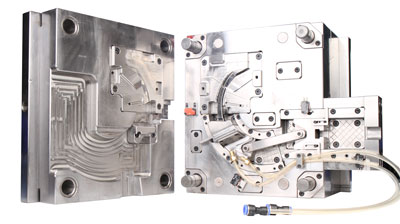
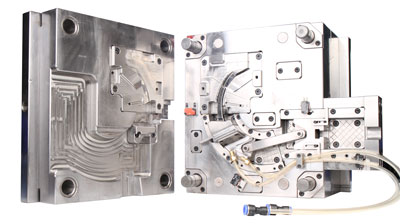
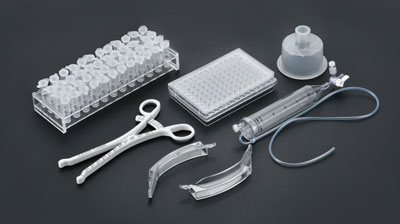
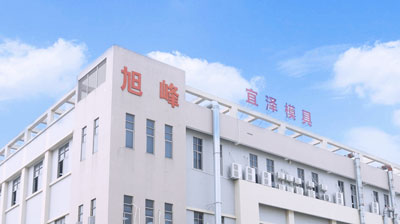







 Home
Home
